As a parent, it’s completely natural to have a flood of emotions when you notice your child developing differently. You might feel concerned, a bit confused, or a strong urge to support them in any way you can. For many families, this path often leads to discovering the importance of sensory processing and how it affects a child's experience of the world around them.
Sensory toys can be game‑changers for many autistic children. They offer more than just a way to play; they provide comfort and create a safe space for children to engage with their environment. These toys can act like little bridges, helping kids improve their communication, feel calmer, and form deeper connections with those around them.
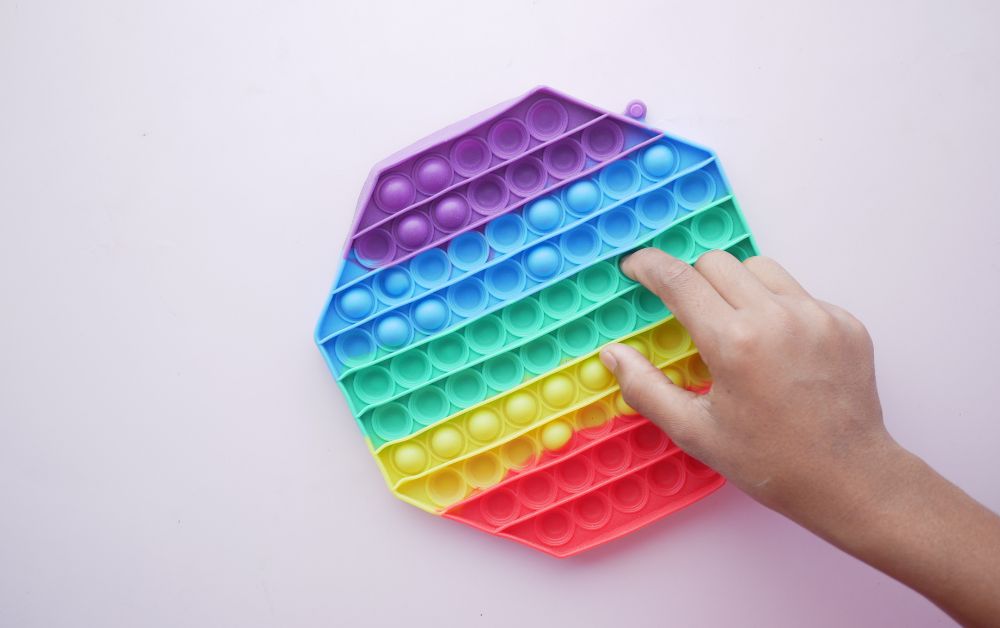
How Sensory Toys for Autism Support Development
Sensory play offers evidence‑based benefits. Regular, low‑pressure sensory play can:
- Strengthen fine & gross motor skills: grasping a squishy ball, pushing a weighted car, balancing on a wobble board.
- Promote self‑regulation: discovering which textures, weights, or movements bring calm or alertness.
- Encourage communication & social sharing: making eye contact while showing a parent a favourite spinner, exchanging smiles over bubbly slime.
- Boost confidence: predictable sensory experiences help a child feel safe, paving the way for learning and exploration.
If you’ve noticed any sensory differences or developmental changes in your child, getting an autism assessment can really help shed some light on their needs and the best ways to support them. Don’t hesitate to reach out and take that first step toward finding personalized support!
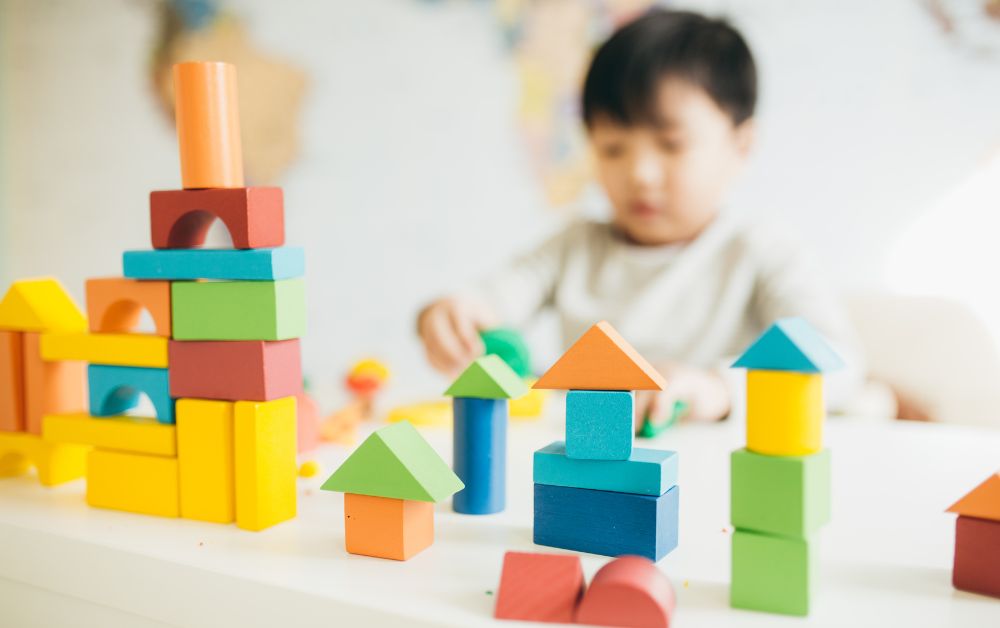
Choosing the Right Sensory Toys for Autistic Kids
A pediatric occupational therapist can help match activities to your child’s individual sensory profile. They can help pinpoint what kinds of sensory experiences your child seeks or avoids, which leads to making more informed choices. Instead of picking toys based on what's popular or simply age-appropriate, it's much better to select items that truly meet your child’s needs. For example, a child who struggles with body awareness might benefit from weighted toys, while a texture seeker could love playing with tactile boards or soft sensory brushes. The aim is to provide support without overwhelming them. The right sensory toy can be a simple yet powerful tool for helping your child thrive.
And if you’re feeling a bit lost after getting your child's assessment, our autism support team is here for you. They can clarify recommendations and guide you through any services and paperwork, so you don’t have to do this alone.
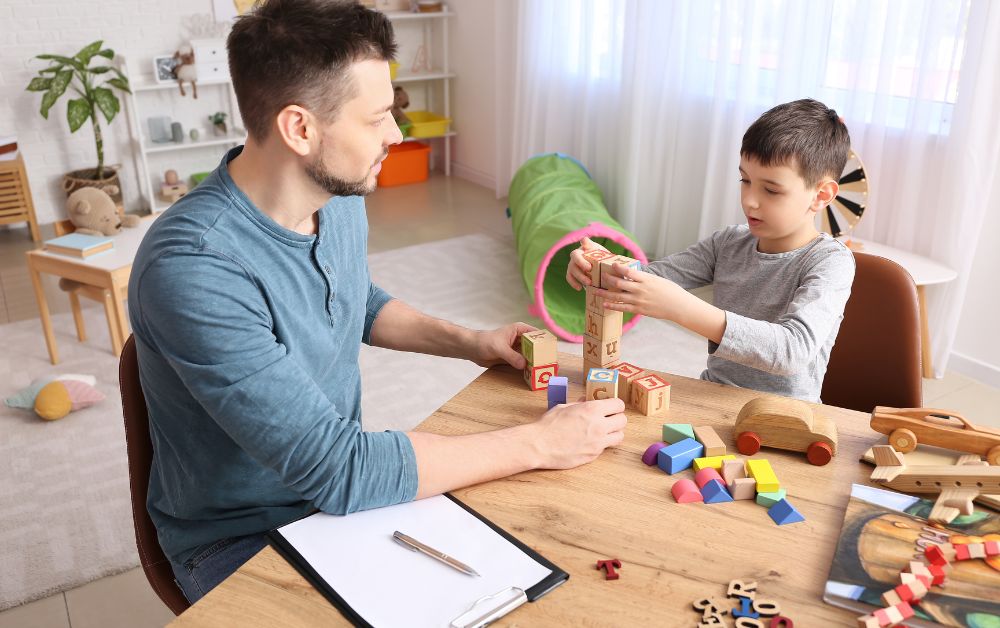
Exploring Texture Toys, Fidgets, and Sensory Boxes
There are so many great sensory tools out there designed to help kids with autism! For instance, texture toys like soft fabrics, bumpy balls, and rough sensory boards can be a hit for children craving tactile input. These can really help them feel more grounded. Then there are squishy or stretchy items, like putty and stress balls, which provide some resistance and help calm the nervous system with their repetitive motions.
Sensory fidgets, like spinners, clickers, and twisty bands, are fantastic for helping kids focus during quiet time or structured activities. These small tools can make a big difference by giving kids a sense of control and comfort through movement. Make sure to try sensory boxes! They combine a mix of these toys in one convenient kit, offering stimulation for touch, sight, sound, and even smell. Some parents love buying pre-made kits, while others enjoy putting together custom boxes at home based on what their child responds to best. You can make a sensory box as simple or as elaborate as you want, ensuring your child always has access to tools that bring comfort, focus, or stimulation wherever they go.
Safety First: Always supervise young children, avoid small parts if choking is a concern, and follow the manufacturer's weight/age guidelines.
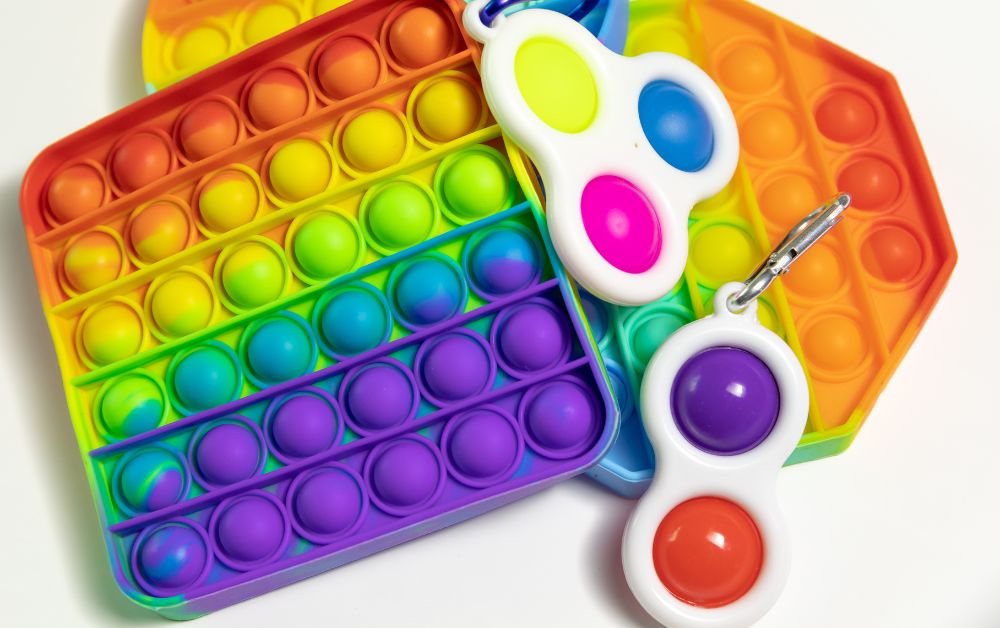
Making Sensory Play Part of Your Daily Routine
Sensory play doesn’t need to be limited to therapy sessions or special occasions; it can easily become part of your child’s everyday life. Try:
- Morning routine: Chewy necklace or textured toothbrush to alert oral senses.
- Commute: Small fidget cube clipped to a backpack.
- Homework break: Five minutes on a wobble board or with putty to reset attention.
- Bedtime wind‑down: Weighted blanket and soft, dimmable night‑light.
By gradually integrating sensory toys for autism into your child’s routine, you're not just helping them cope; you're also helping them thrive. Regular sensory input can reduce the intensity of meltdowns, support better emotional regulation, and offer comfort during overstimulating moments. Since sensory and motor development are closely linked, if you’ve noticed signs like frequent falls, awkward body movements, or delayed physical milestones, a motor development assessment can provide you with valuable clarity and guidance.
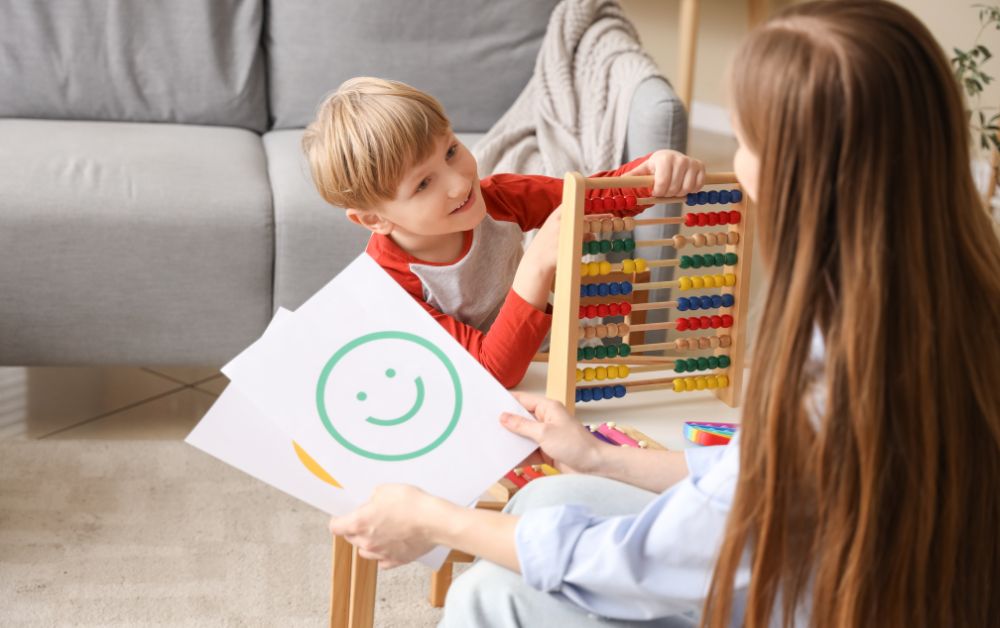
Hope, Patience, and the Power of Play
To all the parents out there on this journey: you are not alone. We know how uncertain things can feel at times, but remember that progress often shows up in the smallest, sweetest moments: a look exchanged, a smile during playtime, or a peaceful bedtime routine. Kids on the autism spectrum flourish when they have the right mix of support, patience, and understanding. By creating spaces that cater to their unique needs and providing tools that make them feel safe and secure, you can really make a difference in their development and happiness.
While no single toy addresses every need, sensory toys can offer kids moments of calm, focus, and joy. Whether it’s the comforting touch of a tactile toy or the grounding effect of a fidget, these simple tools can be pretty powerful. Carefully picking out sensory toys for your child, whether for a calming kit at home or tucked away in a backpack for school, can help transform those everyday challenges into manageable moments. With love, patience, and play, you're helping your child feel understood and truly cared for.

Dr. Ali Eslami, Chief Editor
Dr. Ali Eslami is a child psychiatrist at BC Children’s Hospital and All Brains Clinic with a PhD from Brown University. With expertise in neurodevelopmental disorders, autism assessment, and AI research in mental health, he ensures every article meets the highest standards. His sharp editorial eye guarantees clarity, accuracy, and credibility in all our content.

.svg)


.svg)
.png)



.png)


.svg)








.svg)




